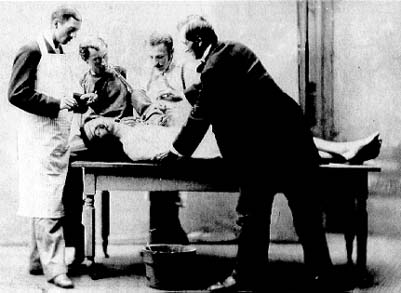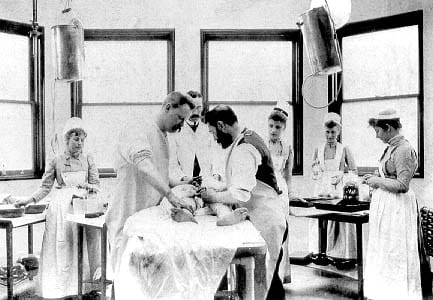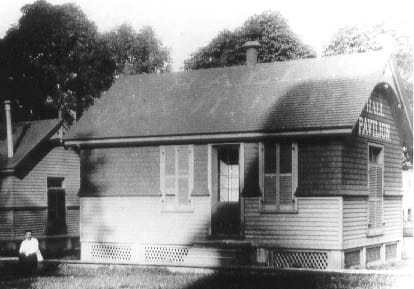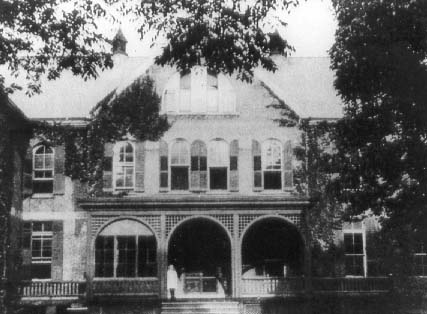General Content

During the period 1880-1900 a number of radical changes occurred. In the aftermath of the Civil War, new understanding emerged about the spread of infection and disease. For years, the Hospital's patient library had served as the operating room, a meeting place, and the hospital parlor. When an operation took place, the bookcases were covered with sheets, and spittoons were pushed aside.
Surgeons used sea sponges, stored in carbolic acid, to sponge during operations. Scrubbing consisted of washing hands and arms with green soap. It wasn't until 1889 that a separate operating room was set up exclusively for surgery and that antiseptics, although very expensive, became more widely and successfully used during surgery. Thirty-five surgeries were performed at the Hospital in 1888, and 160 surgeries were performed the following year in the new operating room. In 1890, through a generous gift from Dr. J.F.W. Whitbeck, a state of the art surgical pavilion was constructed.


At this time, a week's stay at the Hospital cost $6.38 and the average length of stay was 18 days. When the Hospital had first opened its doors, the stay was 71 days.
At first, patients with contagious diseases were not admitted to the Hospital. In 1882 and 1883 two frame structures were erected on the east front lawn for treatment of patients with communicable diseases or patients whose operations required them to be isolated for proper treatment. Each of these small buildings had three rooms that housed two patients and a nurse. They were torn down in 1907 to make room for the Hart Maternity Pavilion.

Until 1886 children were cared for in the adult wards. This proved unsatisfactory when it became apparent that adults were being exposed to children's diseases and the children were "learning things they were not supposed to." The children of Rochester themselves raised funds to build the Children's Pavilion through the sale of bricks.
Through a gift of the Magne family an Outpatient Department building was erected in 1889 to provide prenatal, pediatric, and other free medical services to the poor.